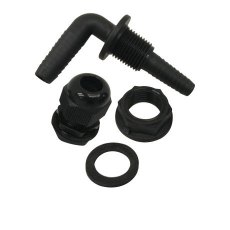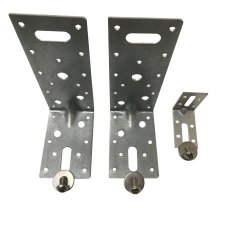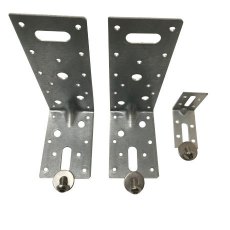Campervan Conversions - Best Water Tanks

We supply motorhome and camper van water tanks, whether it be installed within the motor vehicle or outside (underslung) to save room.
There are several factors to consider when choosing a water tank for your camper van conversions.
- Size
- Shape
- Material
- Durability
- Ease of installation
- Compatibility with the plumbing system
- Weight
- Cost
Popular options include plastic aluminium and stainless steel tanks, with capacities ranging from 4 litres upwards.
It’s worth trying to calculate how much water you think you will use. Within the UK, the average person, when at home uses 152 Litres per day. This includes, bathing, washing dishes and clothes, cooking, and drinking etc. Obviously, this will not equate to staying in a camper van, however it's worth thinking of these areas, to make sure you have enough water on board. An estimated amount of water per person, per day can be based on the below, if the person is frugal with the water -
Drinking and Cooking - 3 to 4 litres
Bathing (shower or wash) - 10 litres
Washing Clothes - 5 Litres
Washing up - 2 Litres
Roughly, a person could use 20 litres a per day within a camper van (a person may not wash or wash clothes every day, however this is based on if a person did all these things a day). You will need to calculate, as mentioned above, if you are planning to stay off grid, how much water do you need to store until you can fill up again, or if you are staying at campsites, you may not need to store so much water, as you can fill up more.
Regarding space within your vehicle, here at Tanks Direct, we can offer a variety of sizes and shapes to fit your space, as we know space is a premium when you are dealing with compact spaces. Whether it’s a tank within the camper van or if it’s for unslung the vehicle, we can offer a tank to suit.
Below is a brief guide to the range of tanks we offer for van conversions, including plumbing kits, where needed.
Installed water tanks inside the conversions
If you are lucky enough to have space within your motor home or camper van for a water system to be installed within the vehicle, the following tanks could be perfect to fit within your DIY water system.
Plain or vented lid?
Vented Tank Lids allow air to vent in and out of the tank, helping to control the pressure within the tank and protecting against ingress of insects and other large particles. If you plan to attach a pump to the tank, a vented lid can help with the pressure build up within the tank. Without this, the pressure may cause the tank to deform, as a vacuum effect. A downfall is that if the tank is full when the vehicle is in motion, the water can slosh out of the lid, so can create a bit of moisture around the tank.
To avoid this within a van conversion, you can attach a vented pipe to the tank and opt for a plain lid - purely for containing the water and stops air/debris getting into the tank. This is important if you wish to store drinking water. The vented pipe relieves the pressure from the water pump, whilst the plain lid contains the water within the tank.
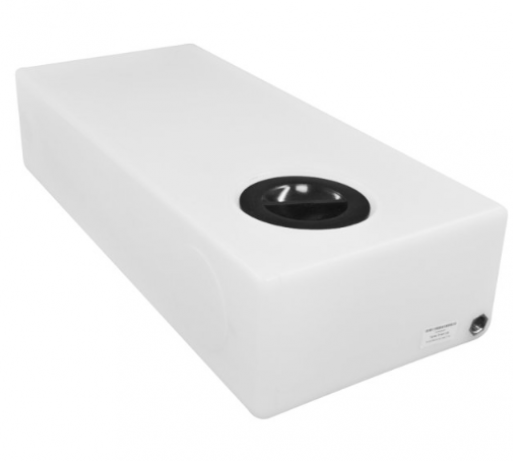 1 - 100 Litre tanks
1 - 100 Litre tanks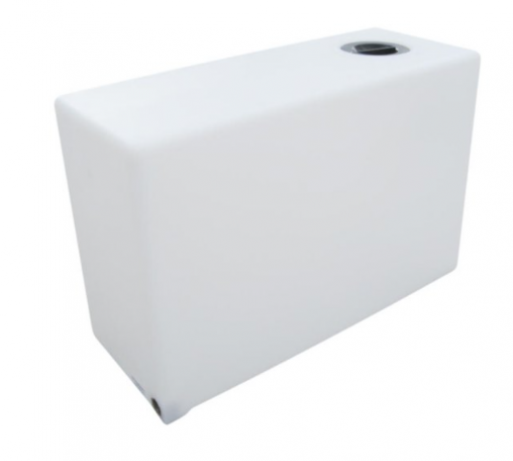 101 - 250 Litre tanks
101 - 250 Litre tanks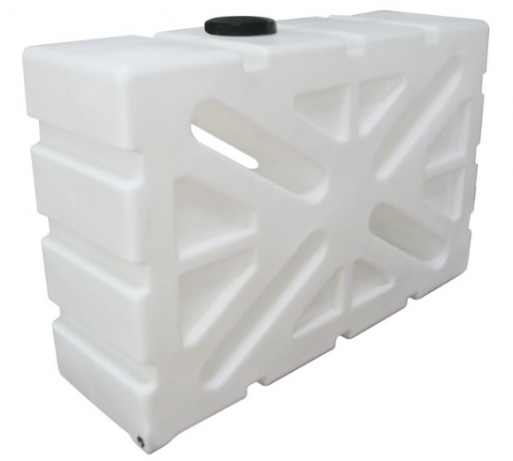 Baffled Water tanks
Baffled Water tanksUnderslung / Wheel Arch water tanks
Underslung or wheel arch tanks have become increasingly popular among outdoor enthusiasts, adventurers, and campers. These tanks offer a convenient and space-saving solution for storing water during your travels.
These specialised water storage containers designed to be installed underneath the vehicle or within the wheel arches. These tanks are specifically designed to maximise storage capacity while minimising the space they occupy inside the vehicle.
The purpose of underslung/ wheel arch water tanks is to provide a convenient and reliable source of water during outdoor activities and camping trips. They are particularly popular among campers, RV enthusiasts, and off-road adventures who require a steady supply of water for drinking, cooking, cleaning, and other essential needs.
The functionality of underslung / wheel arch tanks lies in their ability to store a significant amount of water without taking up valuable interior space. By utilising the undercarriage or wheel arch allow campers to optimise storage capacity inside their vehicle for other essential equipment and supplies.
Underslung / wheel arch water tanks are typically made from durable materials such as high-density polyethylene (HDPE) or food-grade plastic, ensuring the safety and quality of the stored water. They are designed to withstand rugged outdoor conditions, including vibrations, impacts, and exposure to various weather elements.
Advantages of an Underslung/ Wheel arch tanks
- Increased water storage capacity without sacrificing interior space
- Enhance vehicle stability due to the lower centre of gravity. By installing underneath the vehicle or within the wheel arches, the weight distribution of the vehicle is improved.
- Protection against potential damage or leaks - eliminates the risk of water spillage inside the vehicle, ensuring a safe and clean camping experience.
- Easy access to water without the need for external storage containers.
- Improved weight distribution for better towing and fuel efficiency.
Installing Underslung/ Wheel arch Water Tanks
There are several methods available to suit different preferences and vehicle types. below is a quick snapshot of the various installation methods:
DIY Installations
For those who prefer a hands-on approach, DIY installation is a popular choice. here are some step-by-step instructions to guide your through the process -
- Choose the appropriate tank size and design that fits your vehicle and water storage needs
- Measure the available space underneath the vehicle or within the wheel arches to ensure proper fitment.
- Securely mount the tank using suitable brackets, straps, or mounting hardware provided with the tanks.
- Ensure proper alignment and clearance from other vehicle components such as exhaust systems, suspension parts, and fuel lines.
- Connect the tank to the vehicle's water system, including inlet and outlet connections, ensuring proper sealing and leak prevention.
- Test the system for any leaks or issues before using it.
Professional Installations
If you are not confident in your DIY skills or prefer a hassle-free installation, hiring a professional is a great option. They will have the expertise and experience to ensure proper installation, alignment, and connection of the underslung/ wheel arch tanks. They will also take into consideration the specific requirements and limitations of your vehicle model.
Considerations for different vehicle types and models
Always important to consider the specific characteristics of your vehicel when installing camper van tanks. Below are some considerations to think of:
- Ground Clearance - Ensure the installation does not compromise the vehicle's ground clearance, especially for off-road vehicles or those with low clearance
- Weight distribution - Distribute the weight of the tank and water evenly across the vehicle to maintain proper balance and stability. Consider the vehicle's weight capacity and towing limitations.
- Fuel lines and exhaust systems: Take care when mounting and tank to avoid interference with fuel lines, exhaust systems, or any other vital components of the vehicle.
- Accessibility: Consider the accessibility of the tank for maintenance, inspection, and cleaning purposes. Ensuring that it allows for easy filling and draining of water.
- Vehicle Warranty: If your vehicle is under warranty, consult with the manufacturer or authorised dealer to ensure that the installation of an underslung/ wheel arch water tank will not void the warranty.
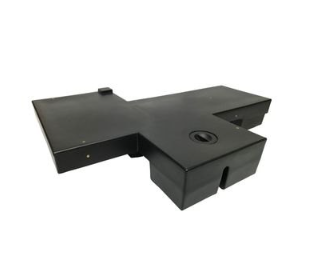 Underslung Tanks
Underslung Tanks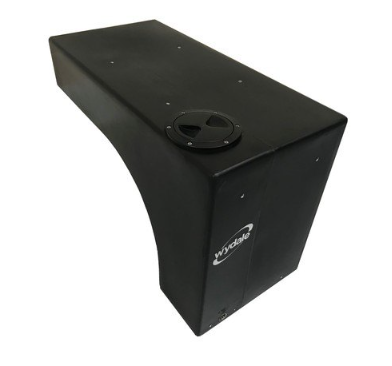 Wheel Arch Tanks
Wheel Arch TanksPlumbing kits
Here at Tanks Direct we offer a range of Tank fitting / plumbing kits for your underslung/ wheeal arch tanks. Below is brief description of the different sets we offer and what they comprise of.
Wheel Arch Fitting Kit
Depending the size of the wheel arch tank you require, you may received more or less of the below items. All these items are provied so you can securly attach your tank to the wheel arch of your vehicle.
Example for the 24 Litre wheel Arch fitting kit:
- 3 x M8 x 12mm socket button head stainless steel
- 3 x M8 x 25mm washer stainless steel
- 1 x 50mm x 55mm x 30mm angle bracket
- 2 x 150mm x 90mm x 60mm angle bracket
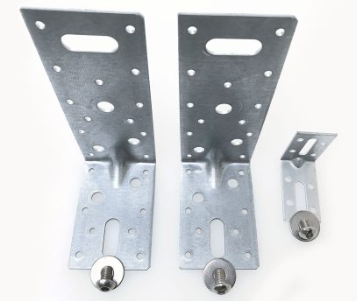
Underslung Tank Fitting kit
As our range of underslung tanks are vehicle specific, the kits may change depensing on the vehicle its installing to. Below is an example of the 180 Litre Underslung fitting kit -
- 5 x 180L underslung crafter brackets
- 11 x M8 x 16mm socket head screws
- 1 x M10 x 20mm Hexset screws
- 1 x M10 x 25mm x 1.5mm Washer
- 14 x 5.5 x 25mm Evoshield TEK 3 screws
- 1 x 1/2" BSP x 13mm hosetail
- 1 x 1/2" BSP x 20mm 90 degree hosetail
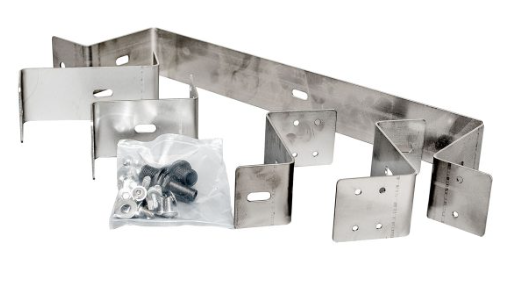
Plumbing Kits
This Plumbig kit has everythig you need for an outlet, inlet and vent hose. The kit comprises of:
- 1 x 1/2" BSP x 13mm hosetail
- 2 x 1/2" BSP 90° hosetail
- 3 x 1/2" BSP Gasket
- 3 x 1/2" BSP Back Nut
- 10 x 10m Roll of PTFE Tape
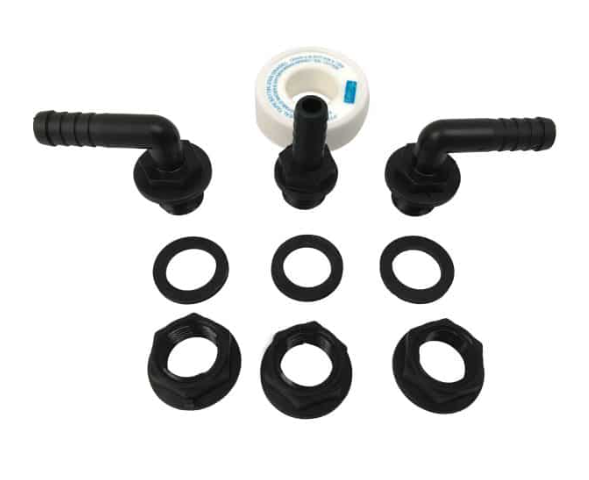
Submersible Pump Fitting Kit
This Pump kit can be used to allow a submersible pump to be connected through the lid. The Submersible Pump fitting kit comprises of:
- 1 x 1/2" BSP 90° Bulkhead hosetail 11-13 mm
- 1 x 1/2" BSP Back ut
- 1 x 1/2" BSP Gasket
- 1 x Cable Gland
- 1 x 10m Roll PTFE Tape
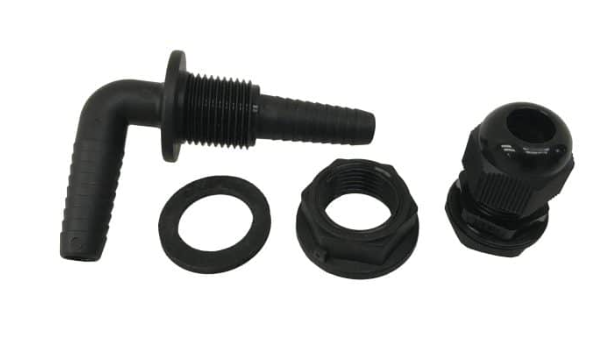
Grey water tanks
Within the motorhome/ Campervan community, one of the 3 types of water tanks you need is a grey water tank.
Grey water refers to wastewater generated from household activities such as washing dishes, laundry, showering and laundry. Unlike blackwater, which is wastewater from toilets and contains human waste, grey water does not contain significant amounts of pathogens. Grey water typically consists of water contaminated with soap, dirt, food particles, and other non-hazardous substances.
In campervans/ motorhomes, a grey water tank is a storage container specifically designed to collect and hold wastewater from activities such as washing dishes, showering, and other non-toilet related uses. It is an essential component of the campervans / motorhome's plumbing system.
When sizing a grey water tank for a campervan, several factors need to be considered. These include the number of people using the vehicle, the duration of trips, and the frequency of access to dump stations or disposal facilities. On average, a grey water tank for a campervan ranges from 75 to 150 litres, but it can vary depending on individual needs and preferences.
The positioning of the grey water tank depends on the vehicle's layout and design. In most cases, campervans have the grey water tank located underneath the vehicle, near the plumbing system. This placement allows for easy access to the tank for maintenance and cleaning purposes. However, the specific location may vary depending on the campervans / motorhome's construction and available space.
It is important to ensure that the grey water tank is securely mounted and properly sealed to prevent leaks and odours. Additionally, campervan owners should check for local regulations regarding the disposal of grey water and follow the appropriate guidelines to ensure responsible and environmentally friendly waste management.
Read More from Tanks Direct
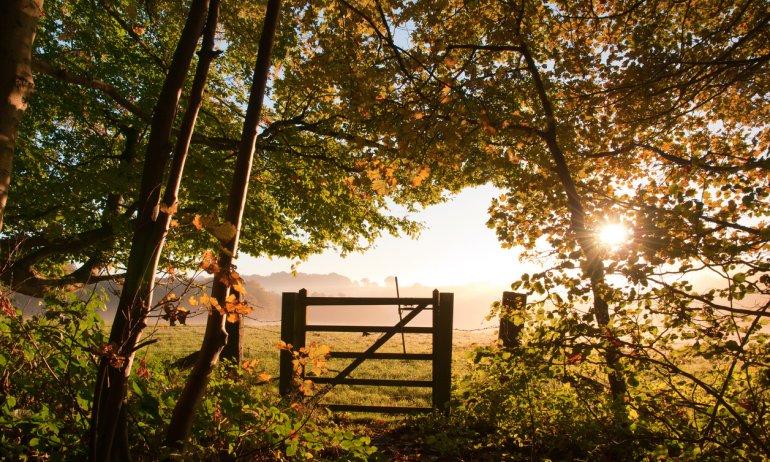
Off Grid Living
Off Grid Living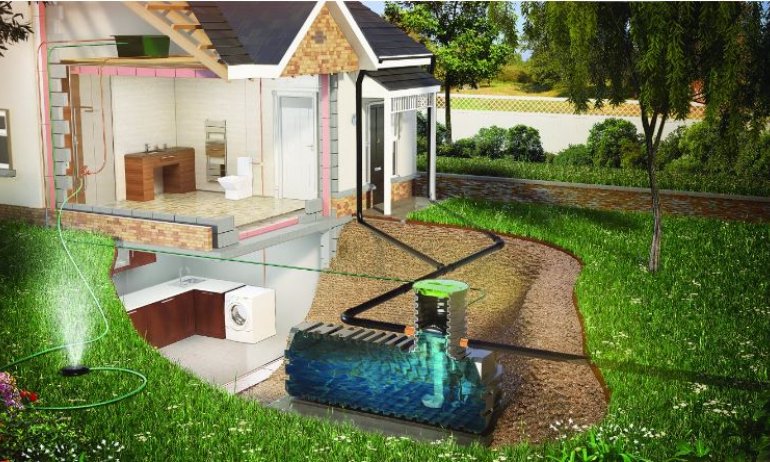
What is Rainwater Harvesting?
What is Rainwater Harvesting?

 Login
Login